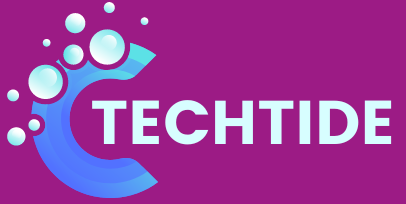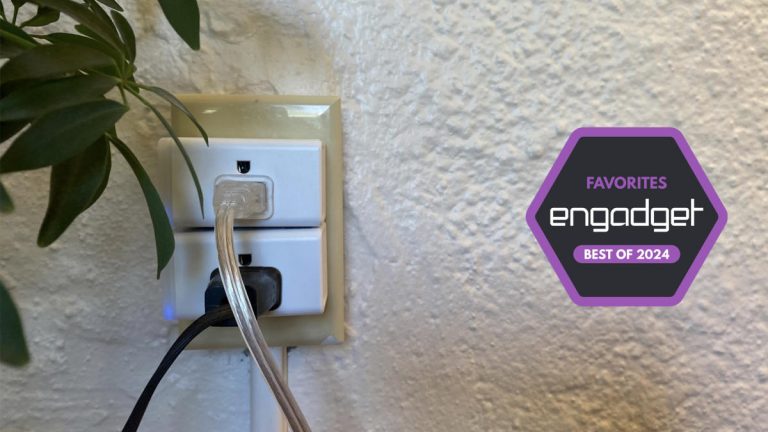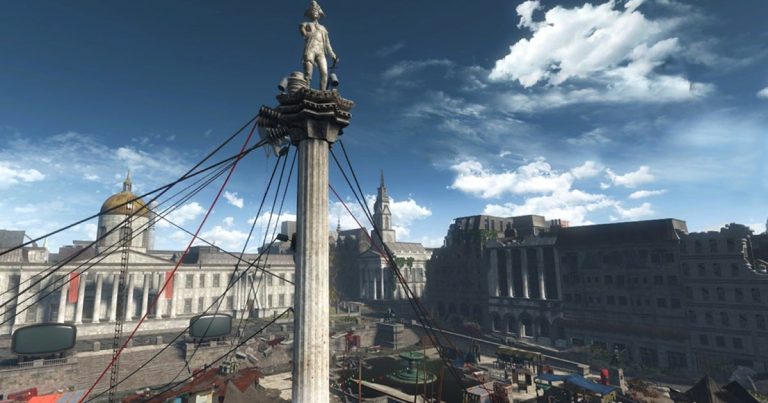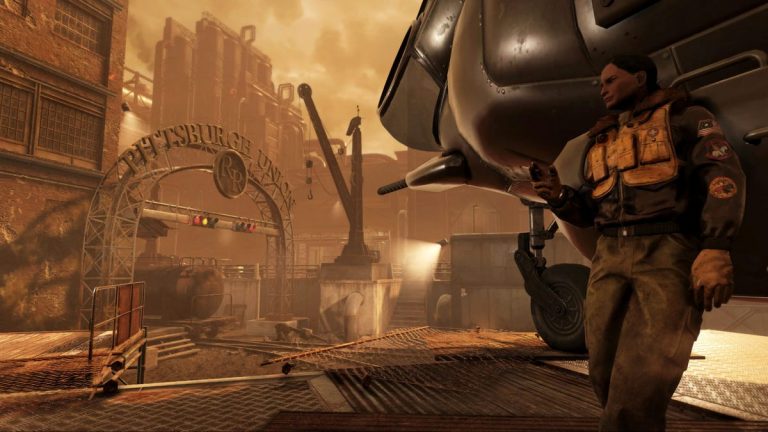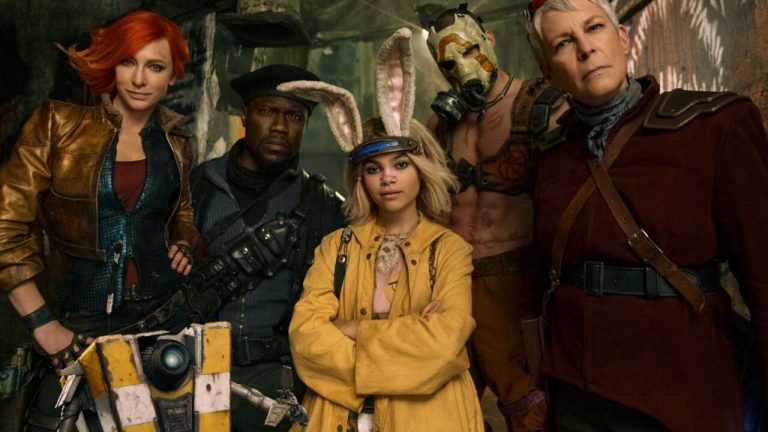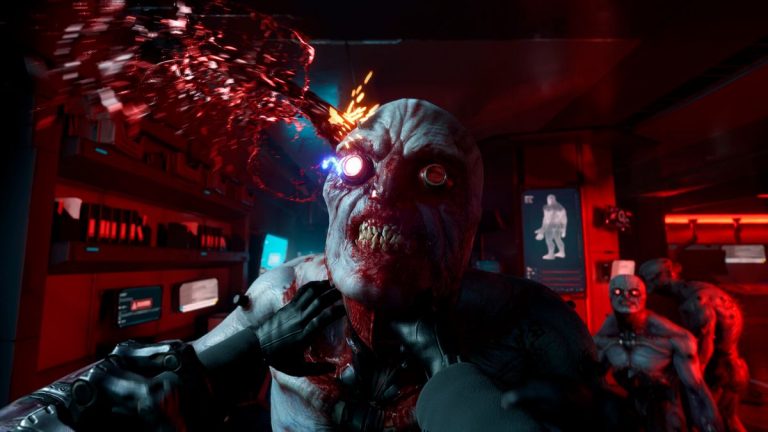Revolutionary Recycling: Microsoft’s AI-Powered Recyclobot Breaks Ground in Hard Drive Component Recycling
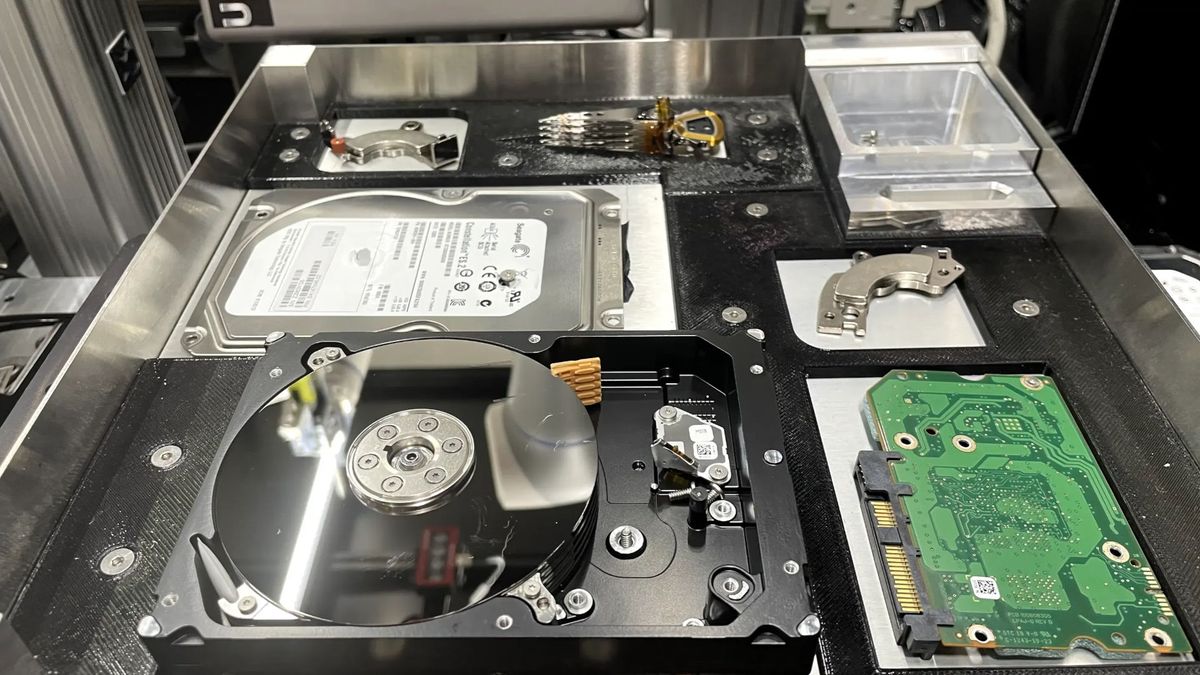
Saving the Planet One Hard Drive at a Time: With Robots
Data centers around the world produce a staggering 50 million metric tons of electronic waste every year, with defunct hard drives contributing significantly to this amount. Typically, these drives are shredded and ground up to prevent sensitive data from being accessed. But Microsoft has a more innovative solution: using robots to fully disassemble every drive and recycle almost all of the materials.
The Problem
Data and AI servers work storage drives hard, so they’re replaced on a regular basis to ensure services aren’t disrupted. However, this results in 20 to 70 million hard drives being shredded every year. According to Microsoft, relatively little of this material ever gets recycled.
The Solution
Ranganathan Srikanth, a principal data scientist at Microsoft, was dismayed by this statistic and set up a project for the 2022 Microsoft Global Hackathon, titled "Secure and Sustainable Disposal of Hard Disks." The goal was to develop a solution that would ensure a "90% reuse and recycle rate of all hard disks by 2025."
The Technology
Microsoft turned to robots and machine learning to handle the repetitive and tedious tasks of taking apart a hard drive, separating all of the components, and recycling all the parts that can be (especially the valuable neodymium magnets). The only parts that do get shredded are the platters.
The Challenges
While hard drives are all roughly the same in terms of general dimensions, identifying screws and other parts, and being able to sort them based on appearance alone requires a lot of AI training. The process is far from being ready to be rolled out on an industrial scale, but the robotics industry will likely be interested in taking on the challenge.
A Brighter Future
It’s a lot harder to do it for an entire computer, though, but with continued research, the approach could be developed to include entire laptops and desktop PCs. These are considerably more complex than a humble hard drive, in terms of disassembly and identifying parts, but they’re packed full of useful materials that can and should be recycled.
The Benefits
AI might be an over-used buzzword, but this kind of use gets my vote every time. With robots and machine learning, we can create a more sustainable future for our planet, one hard drive at a time.
Watch the Video
The above video shows what the small group has achieved so far, and while it’s far from being ready to be rolled out on an industrial scale, it’s an exciting glimpse into the future of sustainable electronics disposal.
Take Action
While we wait for the technology to develop, there are still ways we can make a difference. When getting rid of our old hard drives, we can take the disassembly approach, recycling all the steel parts, sending the platters off to be shredded, and then having lots of fun with the magnets.
